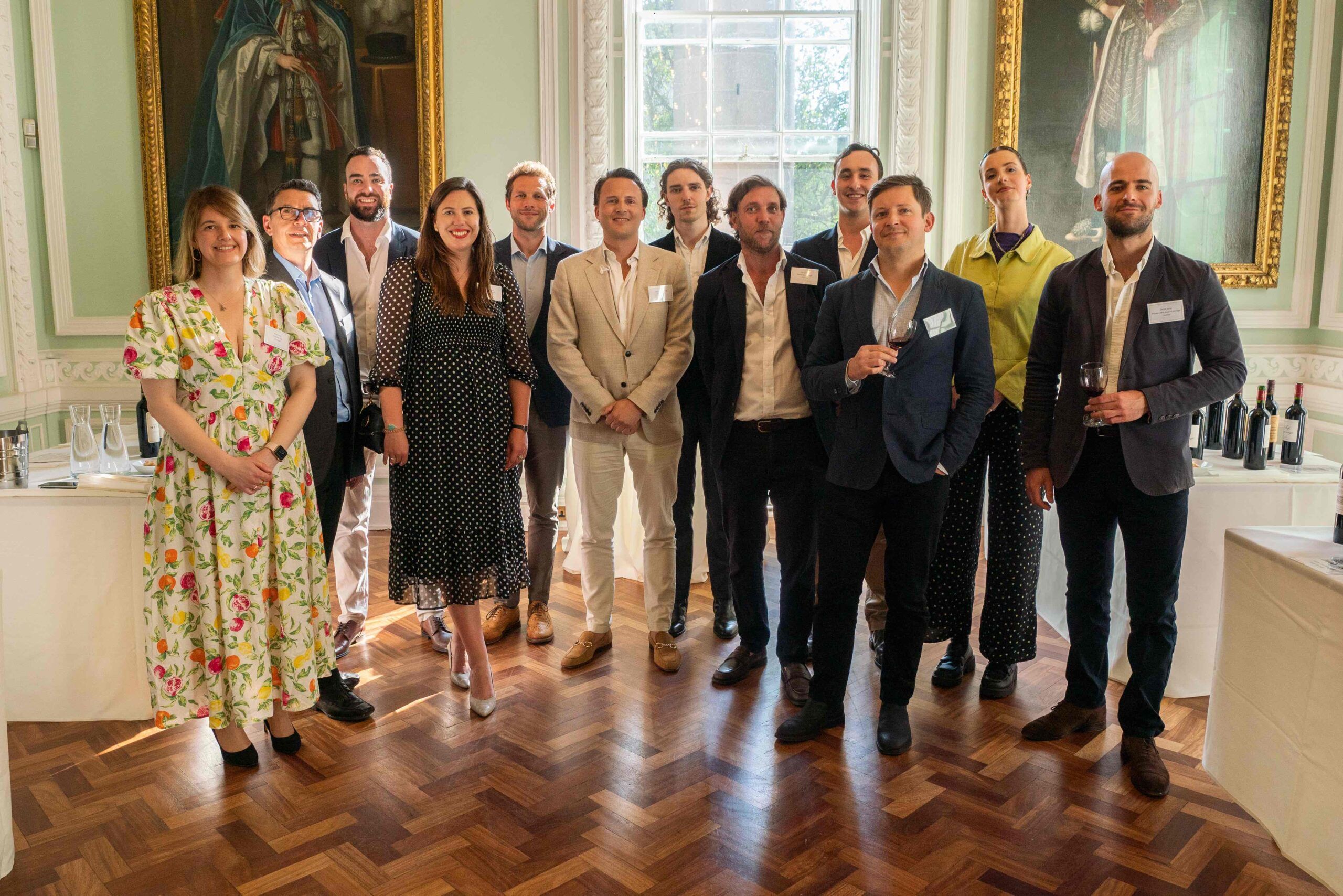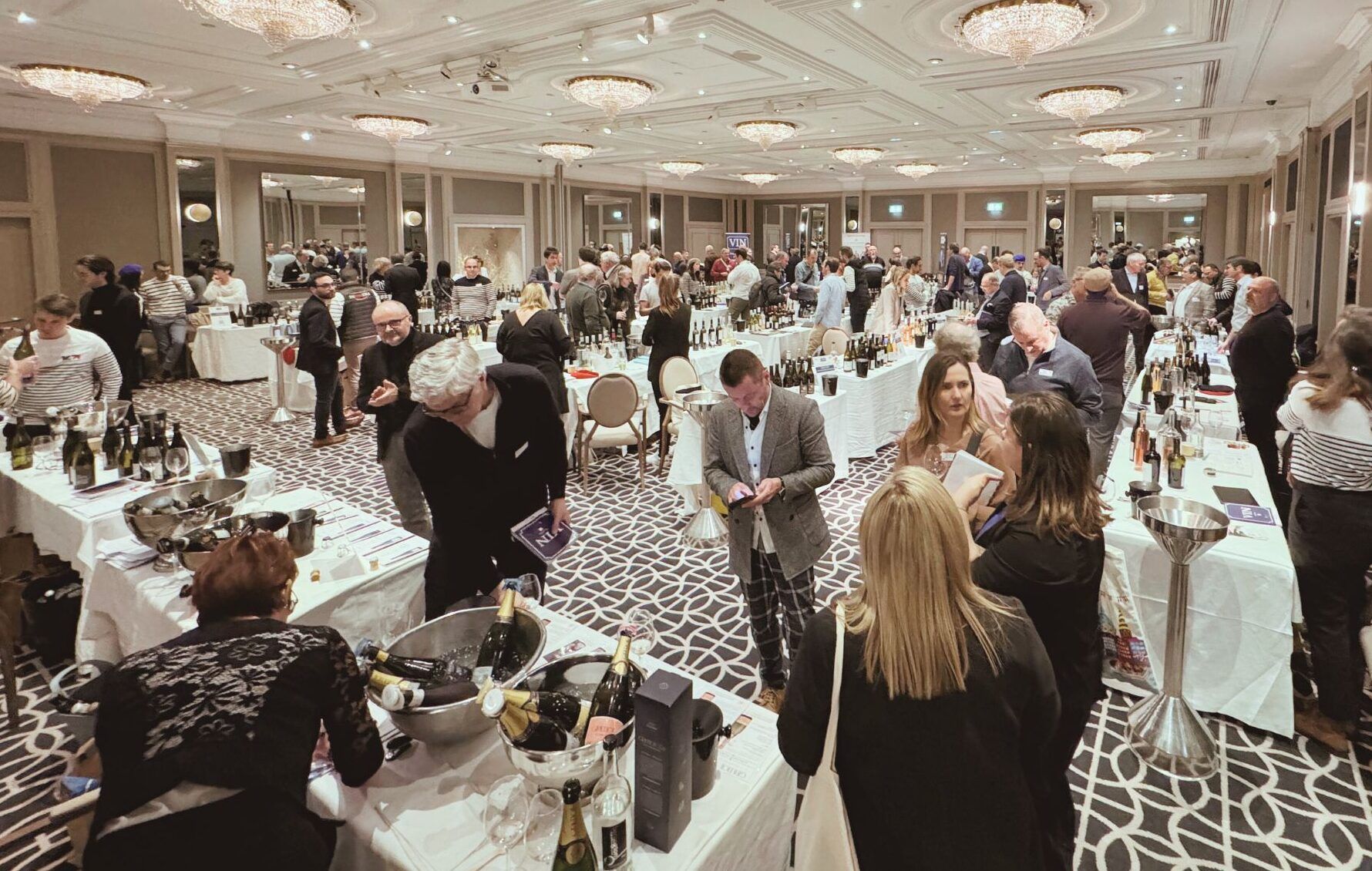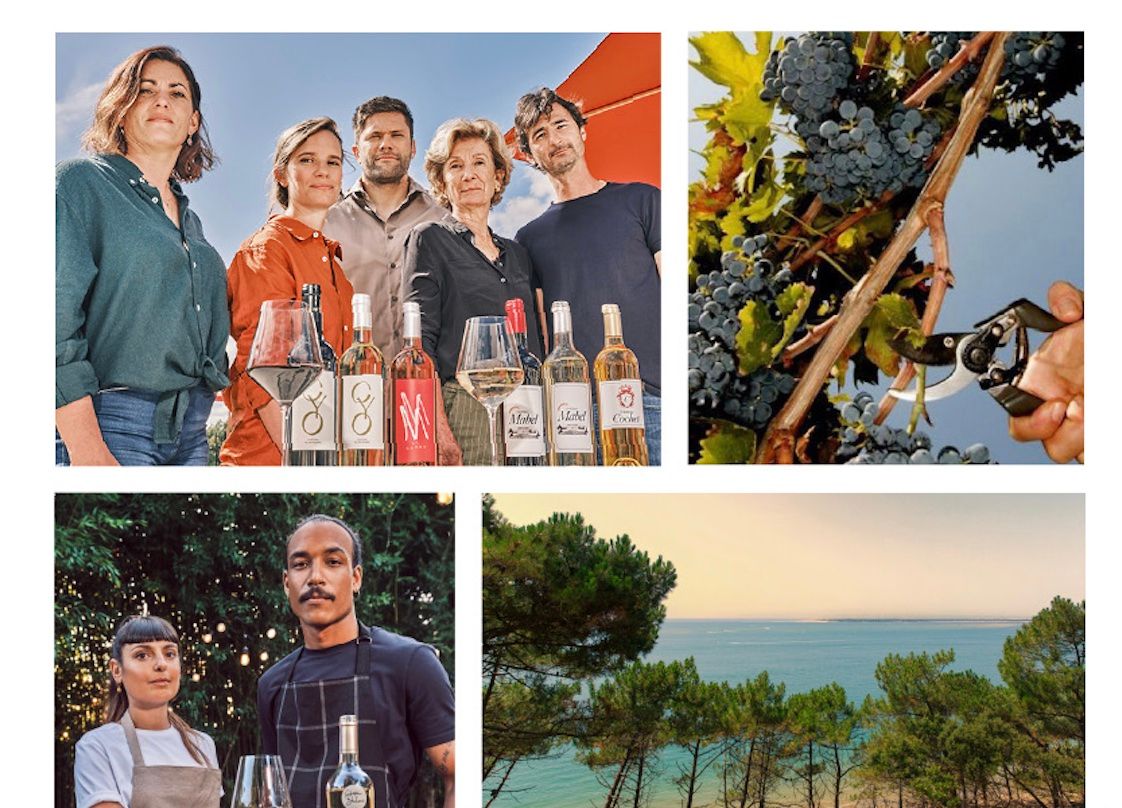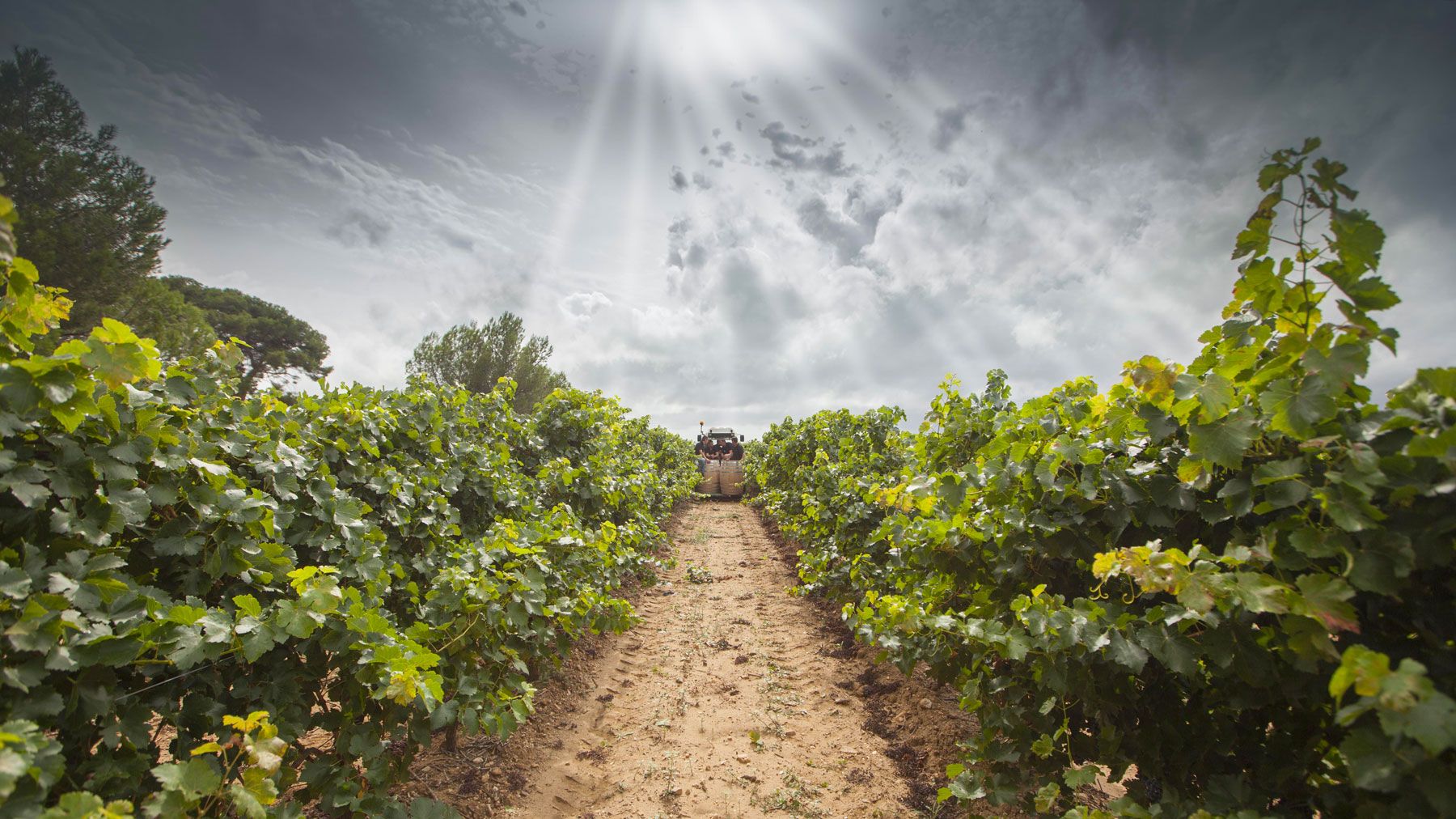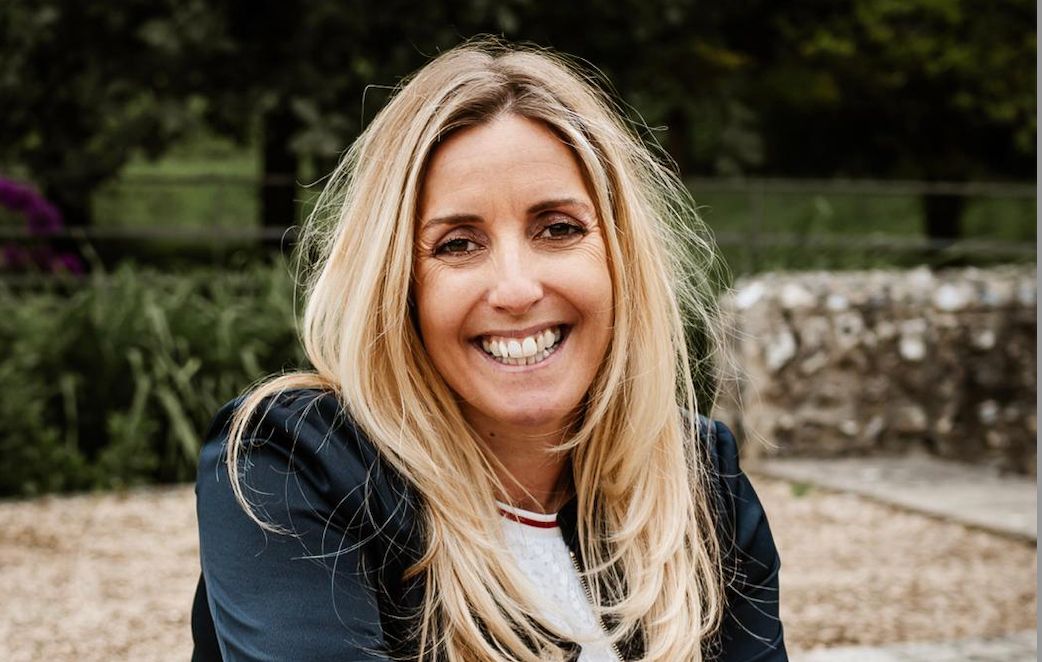Cru Wine has invested in the latest trading and management support technology in order to give its customers the service levels they require, claims founder Gregory Swartberg.
It’s not surprising Cru Wines has made the most of the Financial Times naming it as one of Europe’s fastest expanding businesses – particularly as it is one of only 4% of companies that have received that prestigious accolade for four years on the trot. In that time it has recorded an impressive 40% annual compound growth, achieved in spite of the difficulties created by the pandemic, the challenging economic climate, and the impact of Brexit. The company was also awarded a Queen’s Award for international trade in 2020.
“It has been an incredible journey for the first 10 years of our existence and it’s fantastic to be celebrating this milestone with our fantastic team, says Gregory Swartberg.
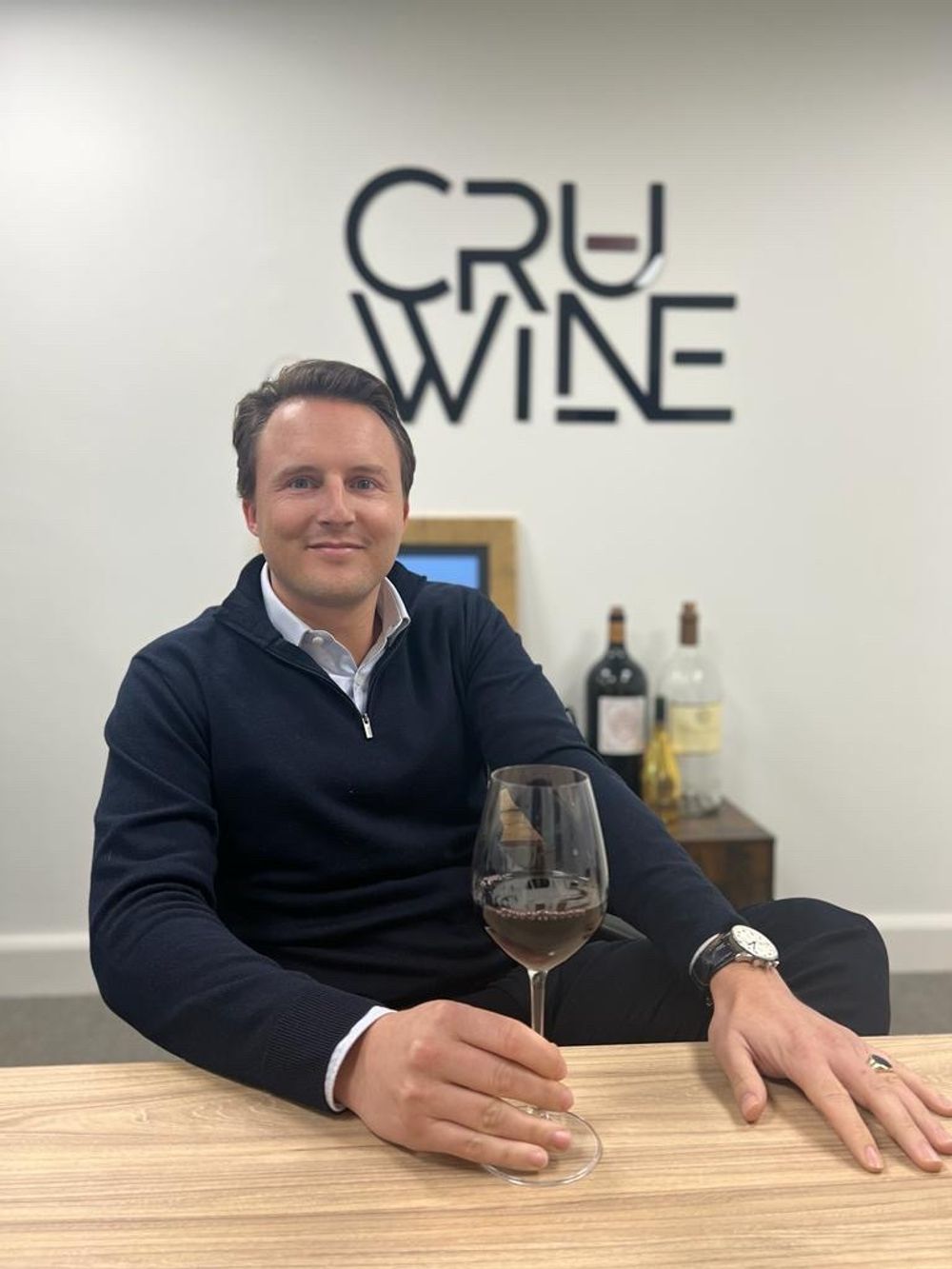
Gregory Swartberg started the Cru Wine business 10 years ago with his co-founder Kristiaan Nooitgedagt in a bid to open up fine wine to a new type of potential customer
The company started out in 2013 with a team of two, which has since grown to a 20 strong-team with offices in Kensington in London and Bordeaux. Specialising in fine wine, particularly Bordeaux, Burgundy, Champagne and Italian wines, and with a smattering of top New World producers, the company – which Swartberg is keen to stress is a completely separate entity from another similarly named business (Cru World Wine) now boasts over 220 trade partners in 50 countries worldwide.
It offers both private and trade clients access to hand-sourced wines from some of the world’s most renowned estates to much smaller, unknown producers for both personal consumption and for building investment portfolios. Cru Wine also offers its clients exclusive parcels, new wines and rare vintages thanks to the team’s close relationship with producers, which would otherwise be difficult, if not impossible, to access.
It claims to have close to £20m of wines under management, either directly in stock or awaiting collection from suppliers and has also started to supply a range of rare spirits to fulfil customer demand.
Passion for wine
Immersed in wine culture from an early age by his oenophile family, Swartberg became a wine enthusiast at an early age, helped by the fact he grew up in the south of France and was imbued in its culture.
“I started out my career in corporate strategy, and while I loved it, it wasn’t a passion the way wine is,” he says. “I grew up in a family of wine enthusiasts and wine collectors, so was always in touch with fine wines.”
Before jumping ship from his finance career to set up the fledgling business, Swartberg took a keen interest in a friend who was already working in the fine wine sector. He believed that a real issue in the industry was the fact that often private clients did not possess the ability to understand the market price of a particular wine.
“What wine should they be buying, and if they want to buy five cases now, but sell three of them in 10 years time – how do they go about that outside of auction?”

Cru Wine has looked to open up fine wine investment and make it more transparent and user friendly for people not used to trading in fine wine to get involved in
He adds: “Essentially Cru Wines was born to offer private clients the ability to buy, store, collect, invest and learn about wine in a much more user friendly and transparent way. We started out with a handful of clients, initially friends of family, and then over time it grew via referrals and recommendations. Soon a lot of trade businesses started to get interested, and we are now one of the biggest and fastest growing wine merchants in the country. We aim to offer a better customer experience than our competitors.”
Tailor made customer service
It’s a theme he returns to time and again and has been a huge factor in the business’ success, claims Swartberg. “Our core mission has always been to offer our clients outstanding customer service, and a better experience than any of our competitors. The ability to offer a highly bespoke experience to all of our customers while remaining competitive on pricing has been instrumental to our success,” he says.
Clients, regardless of the size of their budgets, are allocated their own personal account manager to guide and advise them, be that purchasing wine for drinking, investing, or selling. They are also given access to Cru Wine’s custom built digital-first data-driven fine wine investment platform, which allows them to build and manage their portfolio, and monitor its value online whenever they wish.
And because the system is automated, Swartberg says it is is able to better communicate with its clients, and let them know immediately if any wines have landed which they may be interested in and when they are available.
This dedication to customer service appears to be paying off. Repeat business is higher than 100% year-on-year, according to Swartberg.
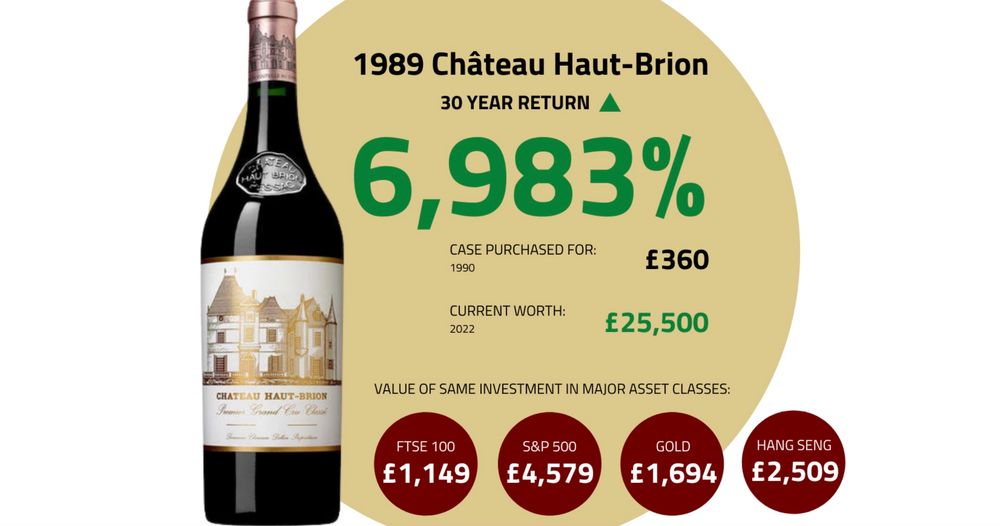
The type of marketing Cru Wine uses on its website to spell out the opportunities fine wine investment offers – it claims its investment team has delivered an average of 11.8% annualized gross returns for its clients
“This is what enables our business to flourish,” he claims. “We have gone out of our way to understand what our customers want, so if, for example, they are only interested in wines under £50 and they are particularly keen on Bordeaux then we log all that information and ensure that is exactly what we offer them.”
Building internal systems and software has enabled Cru Wine to operate more efficiently, he adds, which is the “overarching reason” why it has been able to grow so fast on what he describes as “quite limited means”.
Private individuals currently account for the bulk – around 80% – of Cru Wines business, with trade customers comprising the remaining fifth.
“Our industry is fragmented with lots of players and we are all selling a finished product, meaning we are either competing on price or on customer service. We always aim to offer our customers the highest level of service out there, while remaining competitive in our pricing. And ultimately that is what clients want: enjoy the buying, collecting, learning, drinking experience and to pay a fair market value.”
Good provenance
But Cru Wine’s success isn’t all down to great customer service –vital though that is. Swartberg says the provenance of the wine the company sources has been another key factor.
“I wouldn’t want to say we are best in class at everything, but a major factor in helping us to grow is the importance we place on provenance,” he says. “We pride ourselves on only buying from reputable merchants, whether in Bordeaux or the UK, or directly from producers. We would never buy anything directly from a private client’s home, and this has helped to build our reputation as a business that always provides quality, well-kept stock.”
Typical private client

The average Cru Wine customer has a wine collection of between £30k to £50k
It’s fair to say the typical Cru Wine private customer is a pretty well-heeled individual, with the average collection worth between £30k – £50k. That’s what Swartberg believes is a “realistic sum” to spend on collating a decent collection, though there is no minimum spend and clients are able to go online and buy as much or as little as they like.
“A typical private client collection will contain a little bit of Bordeaux, some Burgundy, Champagne and some Italian wine, and touch upon the New World with some Californian and South African wines in there too,” he says.
While the very wealthiest of clients have remained unaffected by the recent economic crisis, Swartberg says it has focused the minds of others, who are now investing in wines from areas they may not have previously considered.
“There are always a handful of people who will remain untouched by times of financial uncertainty, but the majority of people are affected in some way. Maybe they used to buy a case worth £3k, but are now asking about New World wines to help them keep costs down. This has opened their eyes to a whole new set of regions, which can be cheaper, and encouraged them to be more experimental.”
As a result, demand for wines from areas such as Napa in California, Mendoza in Argentina, South Africa and even the Rhone has increased in recent months, says Swartberg as customers look to expand their portfolios with a more watchful eye on the budget.
On-trade focus
While private clients still comprise the bulk of Cru Wine’s business, it is the trade side where the company sees future growth potential. Particularly the premium on-trade which currently makes up around 5% of business.
“It’s something we wouldn’t have been able to do 1o years ago when we first started out as we didn’t have the wines, but we now have a lot of mature stock ready to be sent to restaurants. Many sold much of their stock during Covid to get their hands on some cash to enable them to survive and are now keen to restock.”

Cru Wines has built up a strong community of members in a short period of time with strong social media, direct marketing and holding bespoke events and tastings
So what are premium on-trade clients looking for? Swartberg says one criteria that is vitally important is the ready availability of wines. “All our wines are stored here in the UK, so they are ready to be sent out to our customers the next day.”
The provenance of wines is also a key factor for on-trade buyers, which Swartberg emphasises is something that Cru Wine is completely committed to.
“The UK on-trade and independent wine retailers across the country are both an exciting opportunity as we now have the products that are tailored to that customer profile – wines with a bit of maturity which is something we didn’t have eight years ago. We have recruited someone with 15 years of on-trade experience and through a combination of digital marketing, press releases and internal business development, we will aim to grow this side of the business over the years to come.”
He says it is starting to see “definite” interest coming from the premium on-trade. “They like our wine selection and our customers service, and for allocation purposes it is great to have these kind of clients. There is definitely a lot of potential there, and while we didn’t start out with the on-trade it is very much growing today.”
Transparent pricing
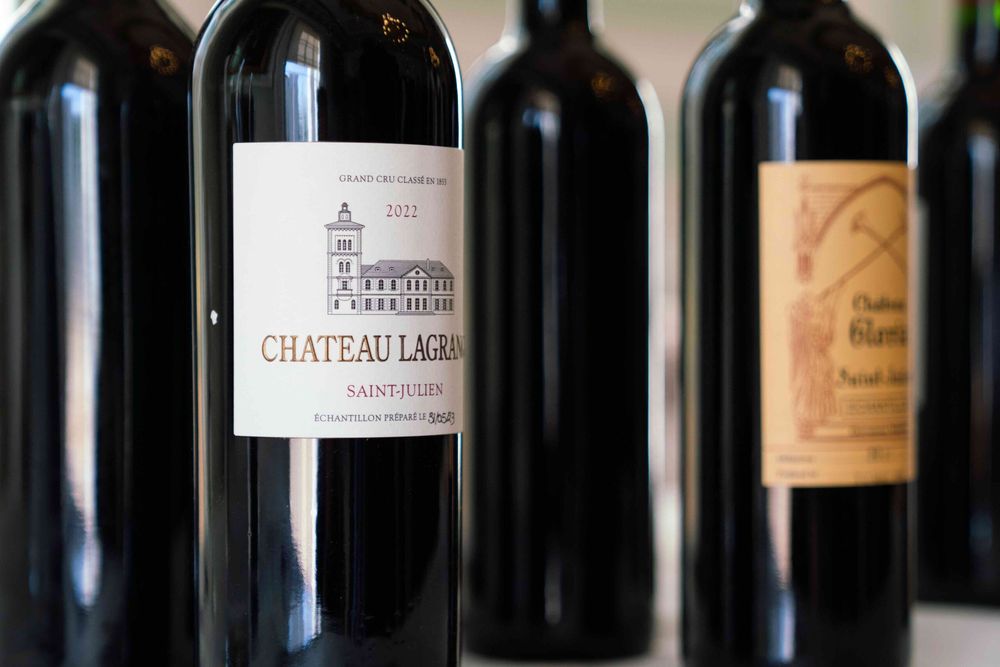
Cru Wine says it has taken advantage of a much more transparent and open fine wine market in the last 10 years
One of the most notable changes Swartberg has seen in the fine wine sector over the last 10 years is greater transparency around pricing.
“I think the biggest change from 10 years ago is a better and more accurate understanding of the value of a case of wine. Back then if you took 30 suppliers in Bordeaux they would come up with 30 different prices, but now everyone is centring around a similar price. Reliable information is more widely available thanks to the internet.”
Another change is the growing influence of a wider pool of critics. “There has been a move away from Robert Parker being the lead critic scorer, as I think a lot of producers had started making wines just to satisfy his palate because of the influence he had. Now there is a wider pool of influential critics.”
Brexit too, he notes, has proved a headache with wines now more costly to import than when the UK was part of the EU.
Success brings challenges
While growth is something the business is aiming for, it brings its own difficulties, stresses Swartberg. “I think the biggest challenge for me is being able to foresee what the company will need in the future in any particular month as the business scales – you don’t always know where new people are going to be required, or where investments are going to be needed. For example, when there were only three of us we didn’t need an HR department, but now we are starting to draft in external HR consultants to help. Similarly, we don’t have an in-house IT person, but I guess at some point we will.”
Other plans in the pipeline include the development of a mobile app which the company hopes to launch early in 2024. “It in its infancy as a project but something we want to launch early next year,” confirms Swartberg.
The business also has big plans to expand beyond the UK and has the US and Asia firmly in its sights, where it believes there lies huge untapped potential. Cru Wine’s B2B team is also looking to increase its reach in the off-trade where they currently have 220 trade partners worldwide.
“We are also planning to improve the digital experience for our clients. We are also working on accessing more wines from producers in different regions and countries, and working on developing our spirits offering.”
Plans for future
How does Swartberg envision the next decade panning out? “The ultimate aim is to build the world’s biggest wine community,” he says. “I would like to think in five to 10 years’ time we would have built a best in class business that looks after wine enthusiasts all around the world. We would develop a way for them to buy, store, interact and sell their wine in a better way than anyone else.”
